Can't say no to Kansai! The ultimate guide to your 4-day Kansai trip
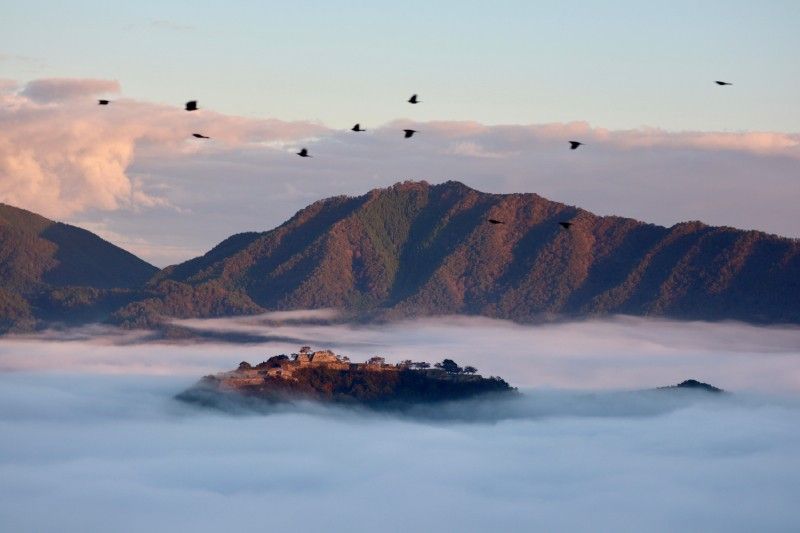
MANILA, Philippine — Once the spiritual, cultural and political center of Japan, the Kansai region is home to stunning displays of nature and history from panoramic mountain views to ancient temples and shrines.
By simply walking around, tourists from around the world can appreciate the stunning historical architecture, nature and history that encompasses this region. They can also enjoy an abundance of delicious food, such as Kobe Beef and Izushi Soba.
Day 1
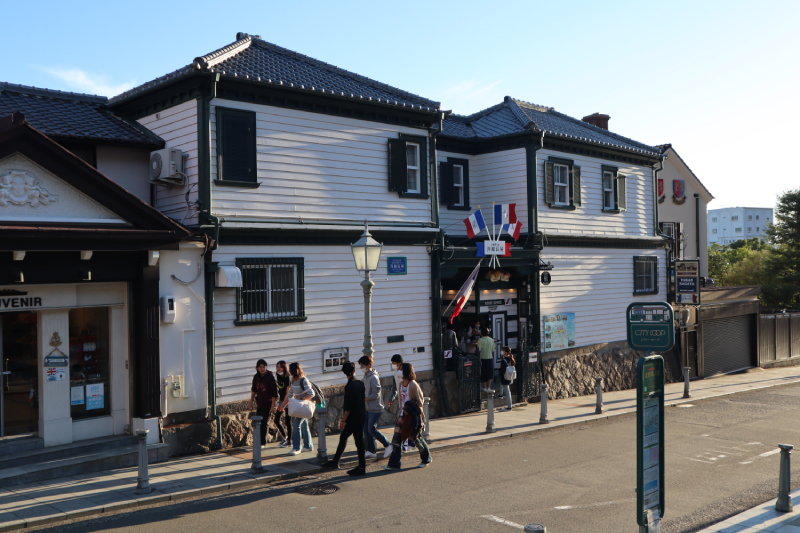
After arriving at Kansai Airport to the port city of Kobe, you should visit the Old Kobe settlement to admire the Western buildings, once home to foreign merchants and diplomats. Kitano Ijinkan-Gai has many colonial houses that you can enter and stroll around inside.
Each house has been renovated into museums that allow you to peek into the lives of European aristocrats from the 19th century. The houses overlook Osaka Bay, so you can get a great panoramic view of the area from the second-story windows.
After that, take a stroll to Nankin-machi, one of the most famous Chinatowns in Western Japan. It consists of two main streets that meet at a small plaza in the center. Around the plaza you can shop or eat at restaurants and food stalls that sell your favorite Chinese food, such as steamed buns, ramen and bubble tea.

Once you have eaten your fill at Nankin-machi, head over to Kobe Port, one of Japan’s major international trading ports that opened in 1868 after Hakodate, Nagasaki and Yokohama. You can admire ships cruising in the distance or watch the Kobe Tower light up at night. There are also shopping malls, cafes and restaurants surrounding the harbor, offering a break from all the walking outside.
After Kobe Port, head back inland to Kobe Street, where you can shop and enjoy world-famous Kobe beef. It has earned a reputation as being a tender, flavorful and well-marbled meat that you must try if you visit Kobe. At Kobe Street, you can also find a variety of other shops from secondhand fashion to home goods, making it a popular destination for locals as well.
Day 2 and 3
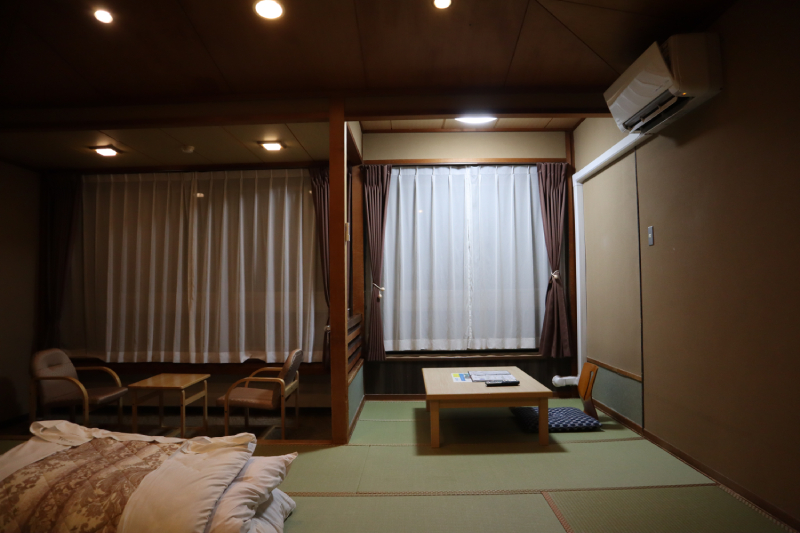
On second day, head to Himeji, located in the southwestern part of Hyogo Prefecture. You should visit the white and elegant UNESCO World Heritage Site Himeji Castle. It’s the largest and most-visited castle in Japan.
After that, stay overnight in Kinosaki Onsen, a riverside hot spring resort with willow trees lining the roads. It’s one of the most popular tourist destinations among Japanese people and a great opportunity to experience a hot spring in Japan.
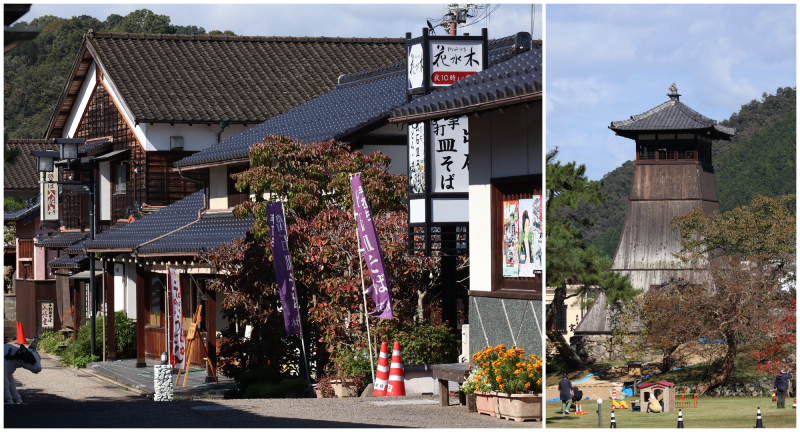
Then, travel to the former castle town of Izushi, known today as the “Little Kyoto of Hyogo” for its nostalgic atmosphere of old Japan. You can visit the oldest clock tower in Japan in Shinkoro.
Built in 1871, it is located in the town center and has only been replaced three times in its history. The town also provides a backdrop of historical architecture perfect for Kimono photoshoots or a pleasant stroll through the past.
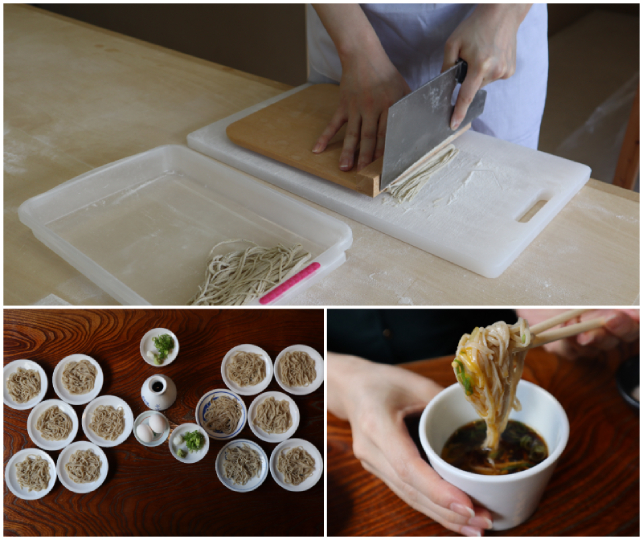
While in Izushi, you should try making the traditional Japanese dish, Izushi Soba. Served on small plates of Izushi white porcelain, Izushi Sara Soba is one of the most famous local dishes. A single serving consists of five plates. After making your own soba noodles from scratch, you can enjoy the fruits of your labor by dipping the smooth soba noodles in Tsuyu sauce with green onions and slurping it up.
There are also around 50 soba restaurants in Izushi if you still want to try Izushi Soba but don’t have time to try making it by hand. If you’re able to finish 20 plates in one sitting at any of these restaurants, you’ll be given a Soba-Tsu, or commemorative plaque, as a souvenir.
Day 4
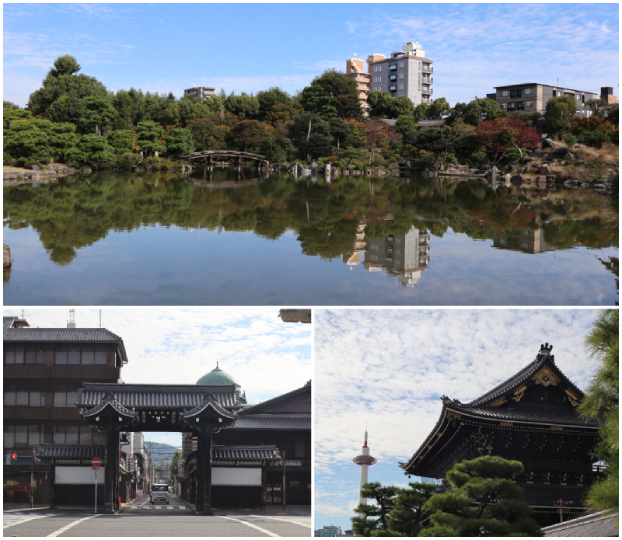
On your last day, travel to the cultural and historical heart of Japan–Kyoto–home to a long list of historical temples, shrines, gardens and palaces. Famous temples and shrines include Higashi Hongan-ji, Kinkaku-ji, Fushimi Inari Taisha, Kiyomizu-dera and more.
Kyoto remains a hotspot for tourists in any season. In the spring, the weather is pleasant and the fragrant cherry blossoms take over the city in a scene of ephemeral beauty. The blazing summer heat keeps away most tourists, but festival season makes it a fun time to visit.
The winter is a chance to see snow-capped temple roofs and enjoy peaceful and quiet streets. Finally, autumn transforms the city into deep reds, brilliant golds and fiery orange colors, creating breathtaking and vibrant displays of nature’s beauty.
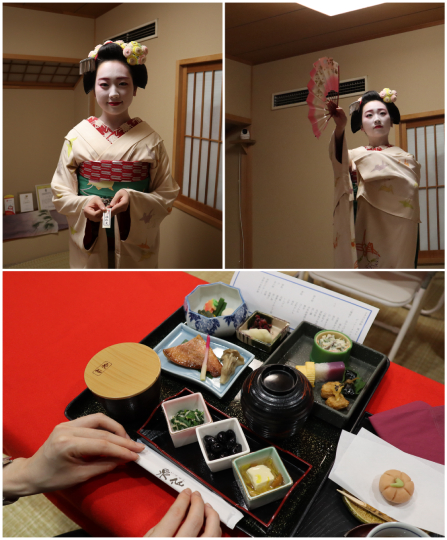
In the evening, eat dinner at a long-established restaurant while watching a Maiko, or apprentice geisha, perform.
An ozashiki-asobi party is an ancient cultural practice where Maiko sing and dance for guests. Ozashiki-asobi refers to the name of the party itself and the name of many simple traditional games you can play with the Maiko, like Konpira Fune Fune and Yakyuken, which is like rock, paper, scissors. The 90-minute ozashiki-asobi party includes a traditional Japanese meal and traditional Japanese sweets.
When you visit Japan, make sure to visit this wonderful region full of historical and cultural beauty. Try some delicious Izushi Soba, witness the castle in the sky, befriend a Maiko or simply walk through the historical streets and imagine life in the past in these ancient cities.
For more tour information, visit Japanese National Tourism Organization website: https://www.japan.travel/en/ph/japan-activities/kansai




















